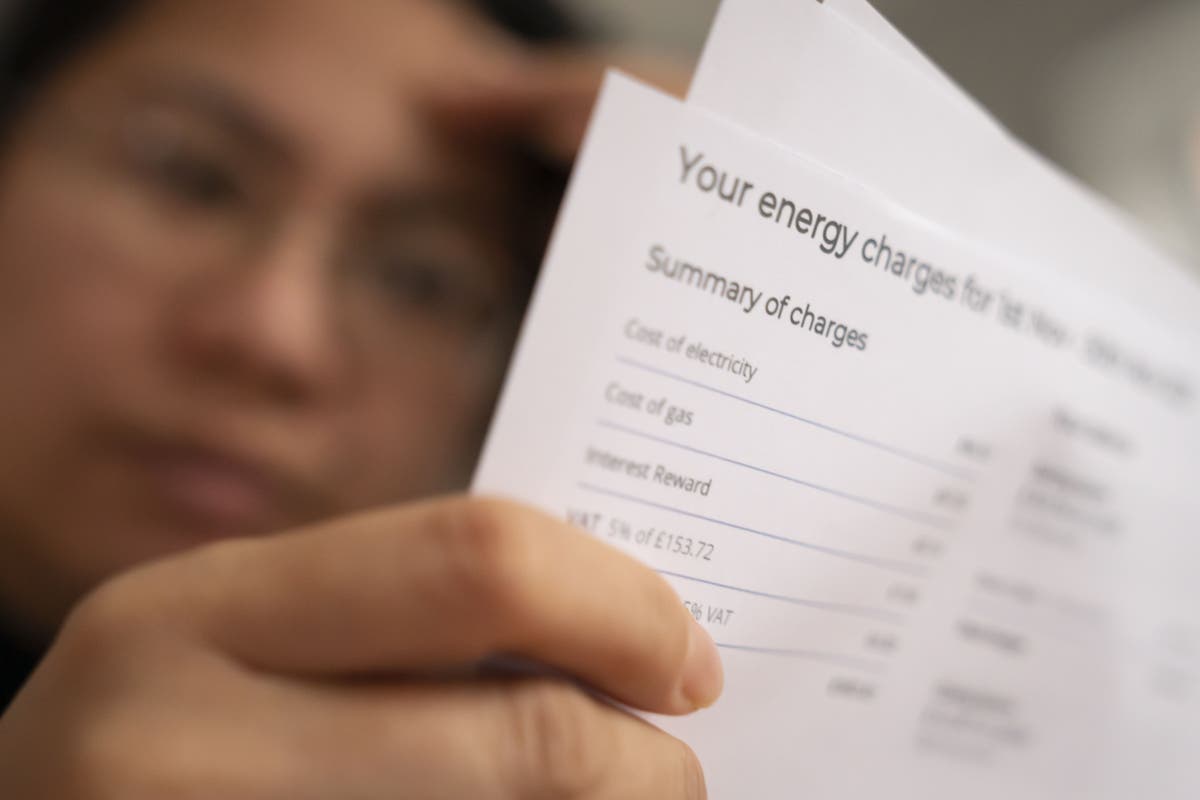The energy price cap increase from 1 January means millions of households across the UK will be paying more for their bills in the new year.
From January to March, the new price cap has been set at £1,738 – a 1.2 per cent increase from the previous three months. This marked the second rise in a row, with a further increase expected for later in the year.
The increase takes effect as 2025 gets off to a cold start, with temperatures are set to plunge and many facing warnings of snow.
Set by regulator Ofgem, the energy price cap is the maximum amount energy suppliers can charge for each unit of energy for those on a standard variable tariff, which includes most households. It is expressed as an annual bill for an average home but varies by region.
The change in prices is reflective of the cost of wholesale energy – the amount energy firms pay for their electricity and gas before supplying it to households.
The latest price cap is 10 per cent or £190 lower than a year earlier, and 57.2 per cent or £2,321 less than during the energy crisis, which was fuelled by Russia’s invasion of Ukraine in February 2022.
But it comes as millions of pensioners are facing a winter with less support, after the Government decided to scrap winter fuel payments for those who do not receive pension credit or other benefits.
Analysts at the trusted Cornwall Insight also predict households will face a hike of almost three per cent in April, when the price cap changes again, revised up from their previous estimate of 1 per cent. The two consecutive increases follow the massive 10 per cent rise in October.
Dr Craig Lowrey, principal consultant at Cornwall Insight, said: “The news of a rise in our forecast will be disappointing to households who will no doubt have been hoping for relief from recent cap rises.
“However, the turbulence in wholesale markets – a level of volatility we haven’t seen for months – reminds us to remain cautious of predictions, which could very well increase or decrease several times before the April cap is set.”
How to lower energy bills in 2025
Although the energy price cap increase will mean higher costs for everyone, experts say there are ways for households to ensure they don’t overpay this year.
Firstly, millions of households are being urged to check their meter readings and send these to their supplier as soon as possible. For those not on smart meters, this will ensure that suppliers do not estimate that the household as used more energy at the new rate than they actually have.
The difference between a week’s worth of energy at January’s rates compared with December’s is £6.67 for the average household.
Those looking to save on their energy bills may also want to look around for cheaper deals. Analysists point out that a number of tariffs on offer are still cheaper than the price cap average.
Which? Energy editor Emily Seymour said: “As we head into the coldest months of the year, many households will be concerned that the energy price cap is going up this week.
“It’s worth shopping around for energy deals – we’ve seen a number of tariffs on the market with rates cheaper than the new price-capped figures.
“You should compare what your monthly payments would be on a fixed deal with what you’d expect them to be if you remain with the price-capped variable tariff to see what the best option is for you. As a rule of thumb, we’d recommend looking for deals cheaper than the price cap, not longer than 12 months and without significant exit fees.”
And for lower income households that are concerned about not being able to pay their bills, a number of energy suppliers can offer grants to help. These include Scottish Power, EDF, E.ON and Octopus. British Gas also offer a grant of up to £2,000 to customers of any energy provider. More detail can be found by contacting the relevant energy supplier.
For the latest cost of living advice and personal finance tips as 2025 kicks off, visit The Independent’s regularly updated guide.
